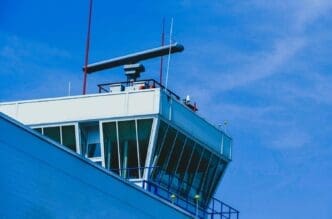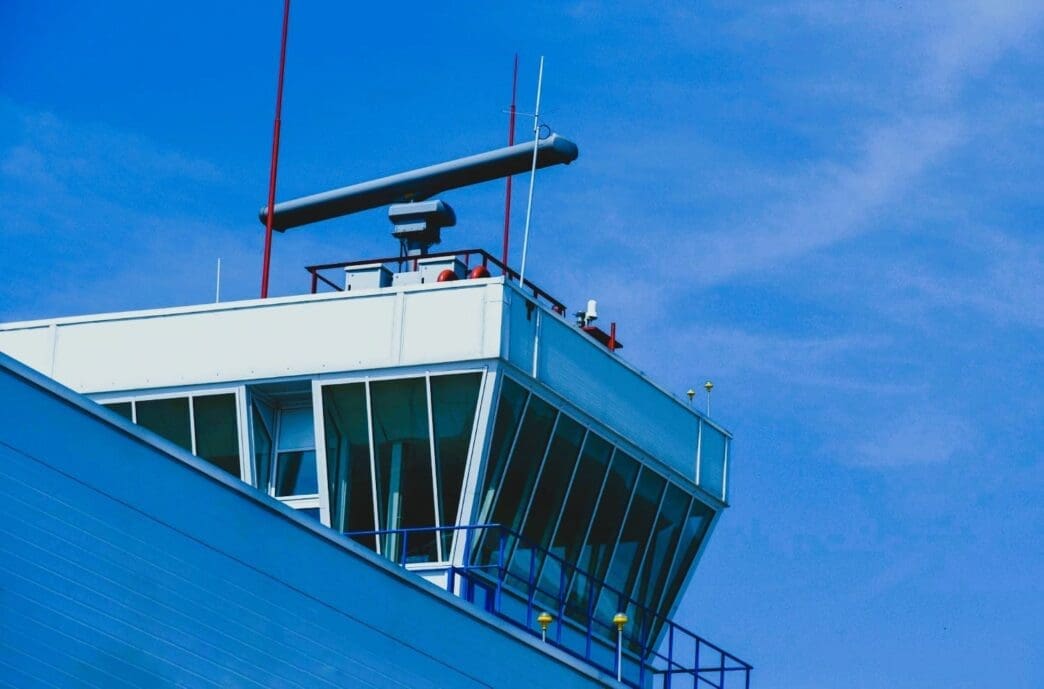The United States urgently needs more air traffic controllers. A sustained shortage is straining the system and affecting everyone involved. The Federal Aviation Administration has ramped up hiring, but challenges persist. Addressing this issue is crucial for maintaining safety and efficiency in aviation. Understanding the complexities of hiring is essential in solving the workforce dilemma.
With air traffic controllers working excessive hours, the pressure is immense. The attrition rate remains high, driven by stress and demanding work schedules. Despite efforts, achieving full staffing levels could take nearly a decade. This article explores the hurdles faced in recruiting and retaining controllers and examines the broader implications for the aviation industry.
The Urgent Need for Air Traffic Controllers
The air traffic control system in the U.S. is nearing a critical point due to a persistent staffing shortage. Currently, only 10,800 controllers are managing the roles meant for 14,600. This shortfall is raising alarms about safety and operational efficiency. As Nick Daniels, president of the National Air Traffic Controllers Association, states, “We’ve been raising the alarm on this for years.”
Hiring Complexities
This struggle is further complicated by lengthy training processes and stringent requirements. New recruits undergo aptitude tests, medical evaluations, and security clearances before even starting their roles. These hurdles are necessary for ensuring safety but contribute to the slow pace of reaching adequate staffing levels.
Direct Impacts of the Shortage
Despite these challenges, the FAA offered federal employees incentives to resign early, a move criticized for potentially exacerbating the issue. Sean Duffy, the Transportation Secretary, assured that safety positions remained secure. Yet, many air traffic controllers were confused by unexpected offers, adding to their stress.
Attrition Rates and Retirement
Controllers cannot use certain medications without lengthy waivers. This policy is seen as a barrier to addressing personal health while maintaining job performance. The National Air Traffic Controllers Association is advocating for updated policies to support ongoing mental well-being of staff.
Political and Policy Influences
Misunderstandings around these policies have sparked debates. Daniels clarifies that despite Trump’s stance, applicant quality has not diminished. “No matter your race, no matter your gender, the standards remain,” he states. The application pool should broaden without compromising capability.
Future Outlook and Solutions
The aviation industry must adapt to these challenges to ensure continued safety and performance. Modernizing hiring and retention strategies is essential to prevent future crises. Collaboration with educational institutions could also play a role in attracting a broader range of qualified candidates.
Aviation Industry Implications
Airlines and airports are adjusting their operations in response to staffing issues. Some flights have been cut, and routes adjusted. These changes, while necessary, disrupt consumer experience and highlight the interconnected nature of the aviation industry.
Public and Controller Perspectives
Quotes from air traffic controllers reveal the personal challenges faced daily due to understaffing. The balance between maintaining operational safety and dealing with long work hours is delicate.
Conclusion
Solving the shortage is critical for the future of U.S. aviation. As the sector evolves, the need for skilled air traffic controllers will grow. Enhanced hiring practices and support systems are key to addressing this ongoing crisis.
The shortage of air traffic controllers is a pressing issue. Addressing this requires comprehensive recruitment and better working conditions. Ensuring safety and efficiency depends on these efforts.
As the industry moves forward, collaboration and strategic adjustments are crucial for overcoming this challenge. Supporting current staff and drawing in new talent will help secure the future of aviation.








